Foam and poly flies
{{start}}
Flies that incorporate closed cell foam or closed cell polypropylene components have their place in almost every type of fishery and whilst most are designed as floating flies there are a few that incorporate these floating components that are designed for fishing on sinking lines.
{{end}}
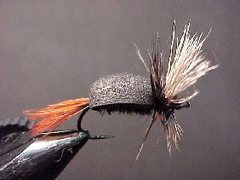
{{+1}}Bandit{{-1}}
{{start}}
If bass are not actively feeding they will generally sit deep and either in or close to structure and out of reach of dry flies and you'll find it easier to target them with a seductive wet fly fished deep and slow. When their active its a whole different story and they will be attracted to almost any surface disturbance.{{end}}
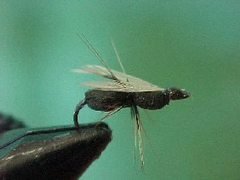
{{+1}}Foam flying ant / termite{{-1}}
{{start}}
The biggest problem with many termite and ant flies is that because you only use and only need two wraps of hackle to represent the legs they unfortunately have a tendency to sink. This foam termite whilst still looking realistic overcomes that problem.{{end}}

{{+1}}Foam flying ant / termite 2{{-1}}
{{start}}
On hot summer days or at almost any time for that matter you can get huge hatches of termites and flying ants. They vary in colour but the dominant hatches are of brown termites, red ants and black ants. When the fish are feeding on ants they just sup the insects down one by one often at the exclusion of all other food sources. If your fly imitates the ant well you have a better than equal chance of it being considered part of the food chain.{{end}}
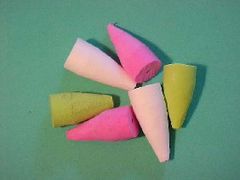
{{+1}}Articulated popper head – #8 weight estuary & native species{{-1}}
{{start}}
As a teaser a popper will often excite pelagics such as trevally and queenies and give you the chance to present a more conventional fly. These articulated poppers are as simple as it gets. Thread your tippet through the hole in the simple closed cell popper head and tie on any unweighted deceiver or thing or a dedicated popper tail and your in business.{{end}}
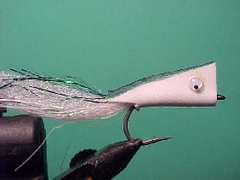
{{+1}}Crease minnow{{-1}}
{{start}}
A great fly to use when target fish are actively feeding on small fish such as sardines, whitebait and pilchards. You can either fish it on a floating line and strip it across the surface with dramatic effect or fish the fly on a sinking line, count the fly down and then retrieve it up through the water column using a fast stripping action or roly poly retrieve.{{end}}
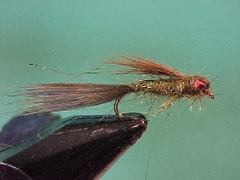
{{+1}}Damsel – Chatto’s MK1{{-1}}
{{start}}
There are over 100 different species of Damselflies in Australia and the lava which are usually slender with three terminal gills, that present as tails, form a significant part of a trout's diet. Their bodies have around 10 segments, they have 6 legs and they often have emerging wings. Most appear to be shades of yellow / olive and brown / yellow with some being quite dark and others quite pale.{{end}}

{{+1}}Booby beetle – Chatto’s original{{-1}}
{{start}}
Boobies are a fantastic bass fly when fished on the surface but occasionally they hang so low in the water they get a bit hard for me to see. To overcome that when seeing the fly is necessary I added a back of 2mm closed cell foam - works like a dream. This is undoubtedly my favorite bass fly.{{end}}
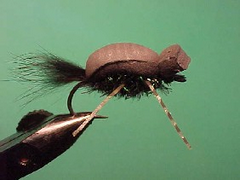
{{+1}}Rays beetle variant{{-1}}
{{start}}
I have found this variation of Ray's beetle to be a good representation for a range of these big bugs. It can be used as a general prospecting fly or to "match the hatch". It lands with a loud plop and floats hook down. I generally fish it on a 2 meter 10lb straight mono tippet. You need fairly heavy tippet to, turn the fly over, pull the fly it out of vegetation when you miscast, and to control bass that are intent in making cover once hooked.{{end}}

{{+1}}Summertime hopper – Chatto’s tie{{-1}}
{{start}}
Looks great on the water and floats all day. The general form and colour together with presentation and how you fish them will help you fool the fish. Whether fished dry or wet by in large all hopper patterns should be fished in the current with as little line drag as possible or with occasional short jerking strips or twitches.{{end}}
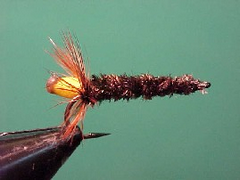
{{+1}}Stick caddis – Chatto’s tie{{-1}}
{{start}}
This is the lava of a Caddis fly (or Sedge) and is common from September through to December particularly in the flooded margins of lakes. Can be fished relatively static as a prospecting fly with a very slow retrieve or used as an ambush fly when polaroiding.{{end}}













